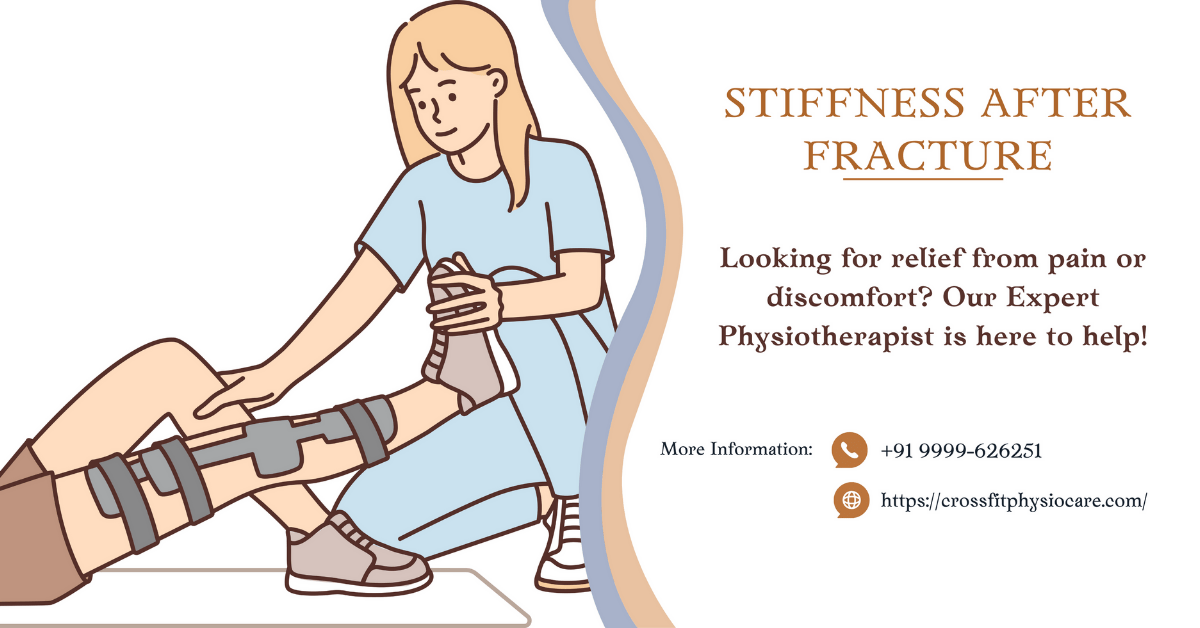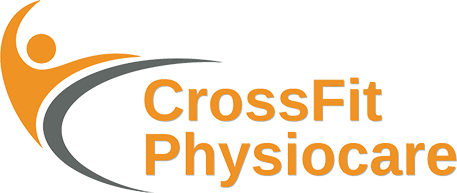
Stiffness After Fracture
Experiencing stiffness after a fracture is a common occurrence. It’s important to understand that after a fracture, the body goes through a healing process that involves inflammation, tissue repair, and remodeling. During this process, stiffness can develop due to various factors, including immobilization, muscle atrophy, and scar tissue formation.
Causes of Stiffness after Fracture:
Immobilization: After a fracture, a cast, brace, or splint is often used to immobilize the affected area and promote proper healing. However, immobilization can lead to stiffness in the nearby joints and muscles.
Muscle Atrophy: Immobilization can cause the muscles around the fractured area to weaken and lose strength. Weakened muscles contribute to stiffness and reduced range of motion.
Joint Inactivity: Immobilization can also lead to reduced movement of the adjacent joints, resulting in stiffness.
Scar Tissue Formation: As the fracture heals, scar tissue forms around the injured area. This scar tissue can limit the flexibility of nearby muscles and tissues.
Managing Stiffness after Fracture:
Early Mobility: Once your healthcare provider gives the green light, gradually start moving the affected area within the limits of comfort. Gentle and controlled movement helps prevent stiffness.
Range of Motion Exercises: Perform prescribed range of motion exercises to improve joint mobility and prevent stiffness. These exercises should be guided by a physical therapist.
Strengthening Exercises: Engage in muscle-strengthening exercises to rebuild the strength of muscles that may have atrophied during immobilization.
Heat Therapy: Applying heat to the affected area can help relax muscles and improve blood flow, which can alleviate stiffness.
Cold Therapy: Cold packs can help reduce inflammation and numbness, providing temporary relief from stiffness.
Physical Therapy: Working with a physical therapist can help you regain mobility, strength, and flexibility through targeted exercises and stretches.
Massage and Manual Therapy: These techniques can help release tension in muscles and scar tissue, improving flexibility.
Patience: Healing takes time. Understand that stiffness is a normal part of the recovery process, and gradual improvement will occur with consistent efforts.
Remember, it’s important to follow the guidance of your healthcare provider and any instructions provided by your orthopedic surgeon or physical therapist. They can assess your individual condition, recommend appropriate exercises, and guide you through a safe and effective recovery plan. If you have concerns about stiffness or experience any unusual symptoms, consult your healthcare provider for guidance.
- Daani Plaza E-595-596, 4th Floor, Ramphal Chowk Rd, Block E, Sector 7 Dwarka, New Delhi - 110075
- +91 99996 26251
- support@crossfitphysiocare.com
How can we help you?
If you are looking for the best and nearest physiotherapist, then click below to message us on WhatsApp.
